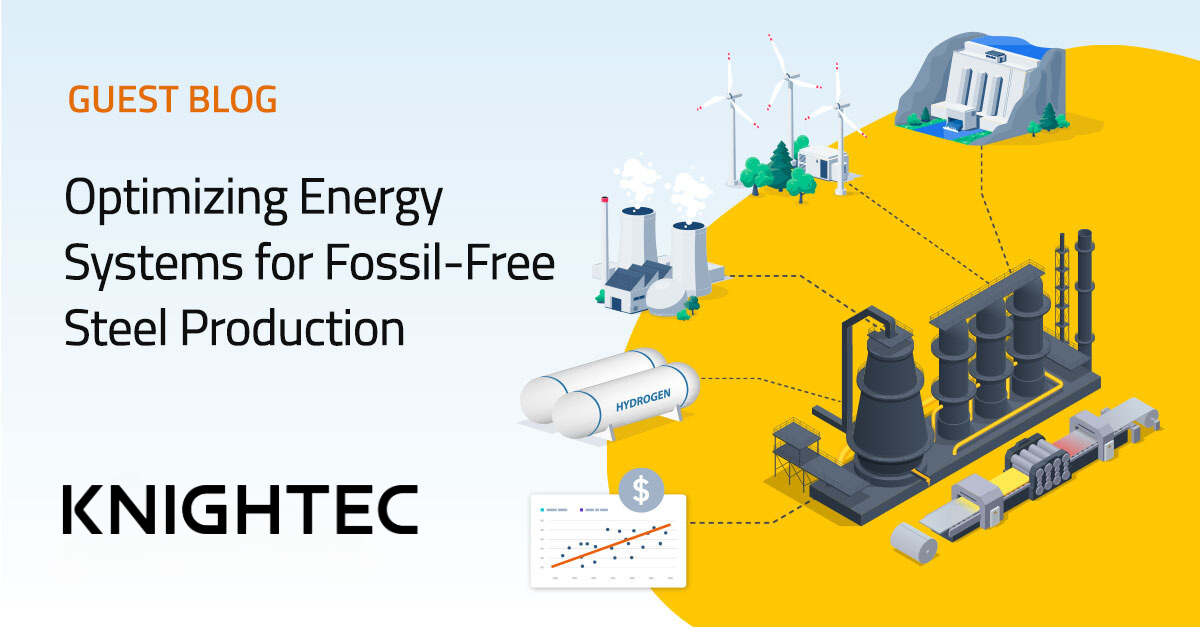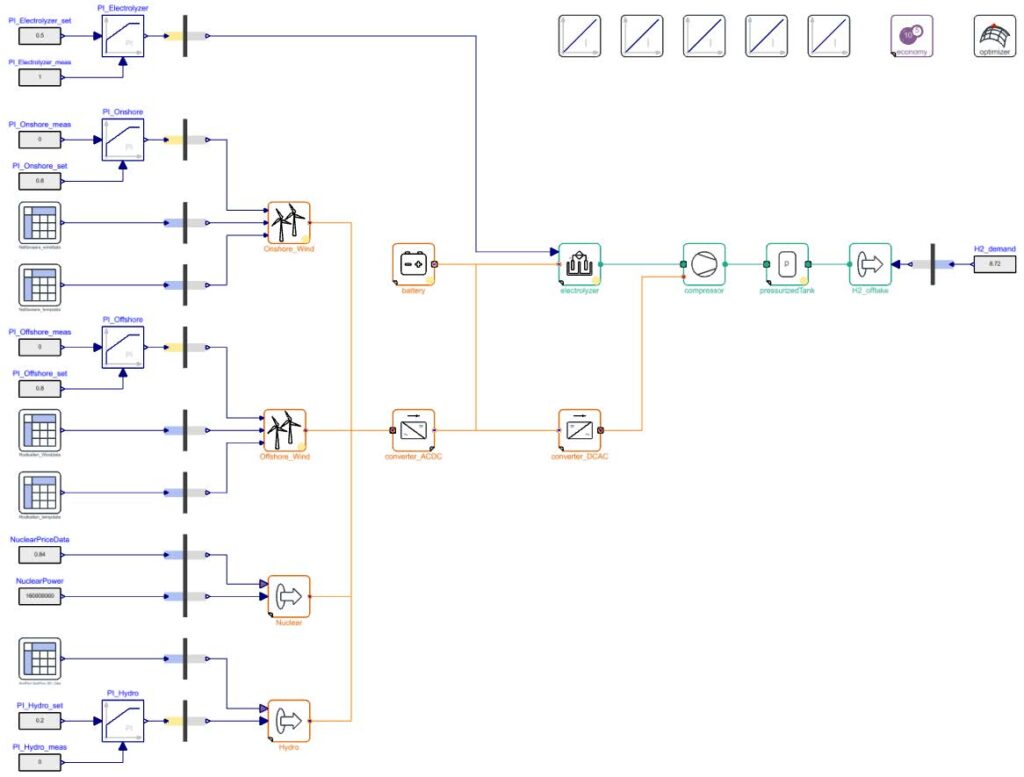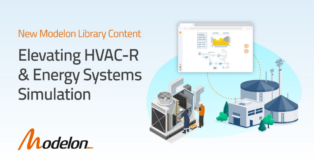Optimizing Energy Systems for Fossil-Free Steel Production

Knightec is a strategic partner in product and service development, dedicated to creating positive change. We’re committed to fueling business innovation, paving the way for a better society. In this blog, we explore an approach to optimizing energy systems using Modelon’s Energy Systems Library.
Challenge
Sweden has set a goal to achieve net-zero greenhouse gas emissions by 2045, with significant reductions needed from the industrial sector, which accounts for one-third of the country’s emissions. The steel industry, a major contributor, faces the dual challenge of reducing its carbon footprint while meeting rising global demand for steel. A revolutionizing idea is to produce fossil-free steel using hydrogen from electrolysis. This would reduce carbon dioxide emissions significantly, but requires vast amounts of renewable energy.
Knightec conducted an analysis for a pilot project in northern Sweden. The primary challenge was to determine the optimal mix of renewable energy production, storage, and baseload power to support hydrogen-based steel production. The future power system in Sweden will heavily rely on intermittent renewable energy sources, necessitating advanced modeling to ensure a stable and reliable power supply.
Analysis Approach for Optimizing Energy Systems
Modelon Impact was selected for this analysis due to its advanced capabilities in energy system simulation and optimization. It provided the necessary tools and libraries to create a detailed virtual representation of the envisioned energy system. Key features of Modelon Impact that facilitated the analysis included:
1. Comprehensive Modeling: Modelon’s Energy Systems Library allowed for convenient modeling of various energy components, including renewable sources, storage systems, baseload power options, and energy consumption.
2. Data Integration: The software’s architecture enabled seamless integration of meteorological data and energy consumption patterns.
3. Optimization Algorithm: Advanced optimization features helped determine the optimal configurations and operating conditions, balancing cost and performance.
Using Modelon Impact, a versatile model of the energy system was developed. The model included onshore and offshore wind parks as well as nuclear and hydro power plants as electricity sources for hydrogen production. Batteries and hydrogen tanks were chosen as storage options.

Different scenarios were defined and optimized individually. The optimization found the most cost-efficient component sizes and optimal operation at the same time. This allowed a fair comparison of the system’s behavior under varying boundary conditions and to identify the optimal energy mix.
Conclusion
The project work led to several interesting findings. Key results were:
1. System configuration: optimizations gave insights into the cost-optimal energy system configuration and operation, including the optimal dimensions of the various energy producers and storages.
2. Impact of baseload power plants: optimizations gave insight into how much the utilization of nuclear and hydropower reduces the need for wind power and storage.
Linus Lybäck, Associate Consultant at Knightec, said, “Despite having no prior experience in Modelon Impact, I was able to efficiently create a system model and conduct advanced optimizations. This facilitated the successful achievement of my objectives within a relatively short timeframe. I greatly appreciate the support received from the Modelon team throughout the entire project. The shared workspace feature in Modelon Impact ensured a very efficient support process.”

Linus adds, “The visualization options in Modelon Impact were beneficial and readily available. They made it easy to analyze the optimization results and to understand how technical modifications affected the performance of the energy system.”
Modelon Impact proved to be an invaluable tool for Knightec. The advanced capabilities enabled a comprehensive analysis of the energy system. The developed model provides a solid foundation for future projects and applications.


